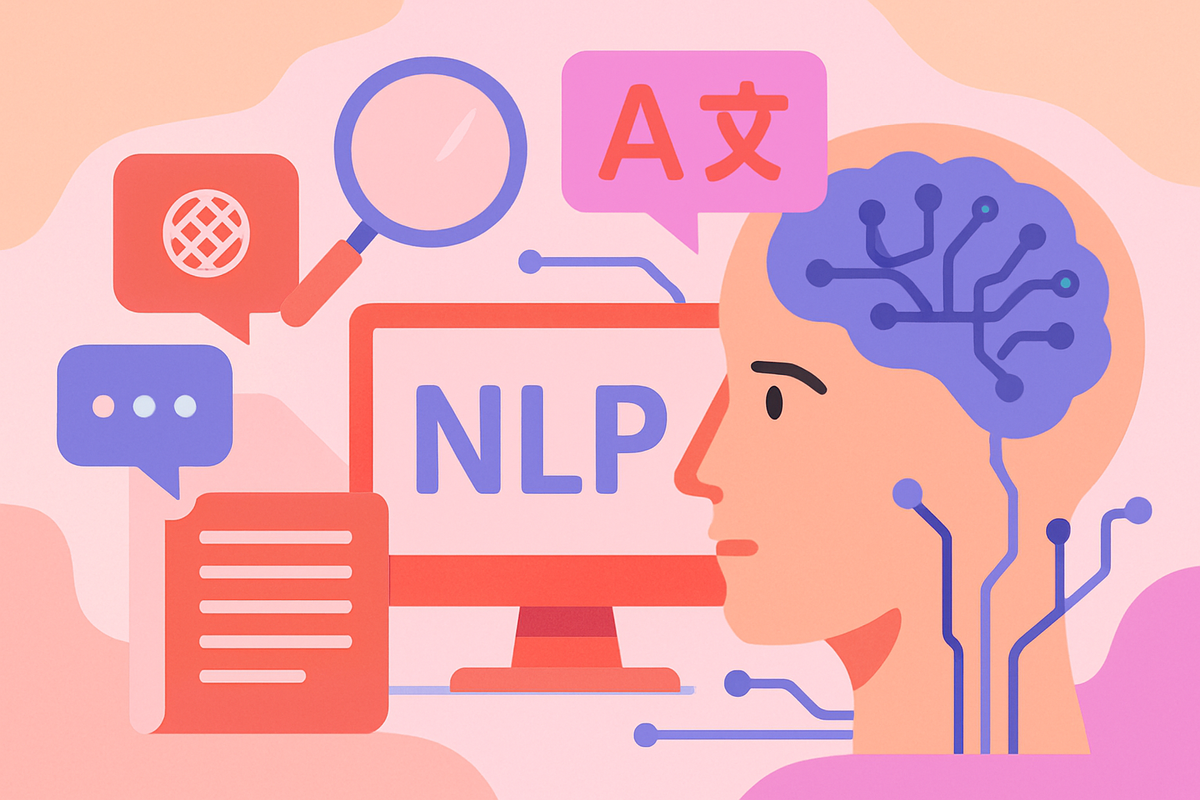Why NLP Labeling Is Essential for Language Models

Large language models may seem like magic, but their performance is only as strong as the data they’re trained and evaluated on. High-quality NLP labels help models grasp context and nuance through accurate, token-level annotations. These labeled datasets also surface bias early, giving teams the opportunity to correct unintended behaviors before they reach production. Evaluation sets with human-reviewed prompts and responses are critical for catching harmful, off-topic, or inaccurate outputs.
Well-labeled data also enables better downstream performance. Whether you're fine-tuning a model for a specific domain or building a transfer learning pipeline, consistent annotations create the foundation for reliable, high-impact results.
4 Key Challenges in NLP Labeling
NLP projects come with their own set of challenges:
- Ambiguity in language: Natural language is full of edge cases, idioms, and unclear intent. Without clear annotation guidelines, labelers may disagree.
- Tokenization mismatches: Errors in how text is split into tokens can throw off entire datasets, especially for sequence tasks.
- Scalability: Reviewing long-form content or comparing multiple model outputs is time-consuming without the right tooling.
- Annotation fatigue: Especially in subjective tasks like toxicity labeling, annotators may experience burnout or inconsistency over time.
How NLP Labeling Adapts to Different Language Tasks
The versatility of text data means NLP shows up in everything from chatbots to legal analysis, but the labeling strategies often vary just as widely. In some cases, the goal is structure extraction: identifying key entities, terms, or sections from unstructured text, like pulling conditions and medications from clinical notes or tagging clauses in legal documents.
Other tasks focus on classification and sentiment, such as labeling intent in customer support conversations or categorizing product reviews by tone and content. There are also generative contexts, where labeled data supports summarization, rewriting, or evaluating the quality of a model’s output, useful in domains like education or internal knowledge bases.
No matter the domain or model architecture, successful NLP applications all depend on one thing: clearly defined, consistently applied labels that help models learn the rules of human language.
Where NLP Fits in the Data Modality Landscape
Text is one of the most widely used, and complex,data, modalities in machine learning. Understanding how NLP compares to image, audio, or video labeling can help you make smarter workflow and tooling decisions.
Learn more about data modalities in AI here.
Building Better NLP Workflows
Natural language processing is evolving rapidly, but one thing hasn’t changed: great models depend on great labeled data. Whether you're training a sentiment classifier, validating LLM responses, or fine-tuning a chatbot, your annotation workflow needs to be flexible, scalable, and precise.
With Label Studio, you can design NLP labeling workflows that match your data, your team, and your project goals, so your models learn what really matters. Try Label Studio and start your free trial today.
Frequently Asked Questions
NLP: Frequently Asked Questions
What is NLP labeling?
NLP labeling is the process of annotating text data so that machine learning models can understand and learn from language. This includes tasks like tagging entities, identifying sentiment, classifying topics, or evaluating generated responses.
Why is NLP labeling important?
Accurate labels are critical for training reliable NLP models. Without clear and consistent annotations, models struggle to understand context, leading to poor performance in real-world applications.
What are common types of NLP annotations?
Popular NLP labeling tasks include named entity recognition (NER), sentiment analysis, intent detection, part-of-speech tagging, and text classification. Newer use cases also involve prompt evaluation and summarization feedback for LLMs.
How can I ensure quality in NLP labeling?
Use clear labeling guidelines, review data regularly, and adopt tools that support QA workflows. Model-assisted labeling and consensus review are also helpful for complex tasks.

